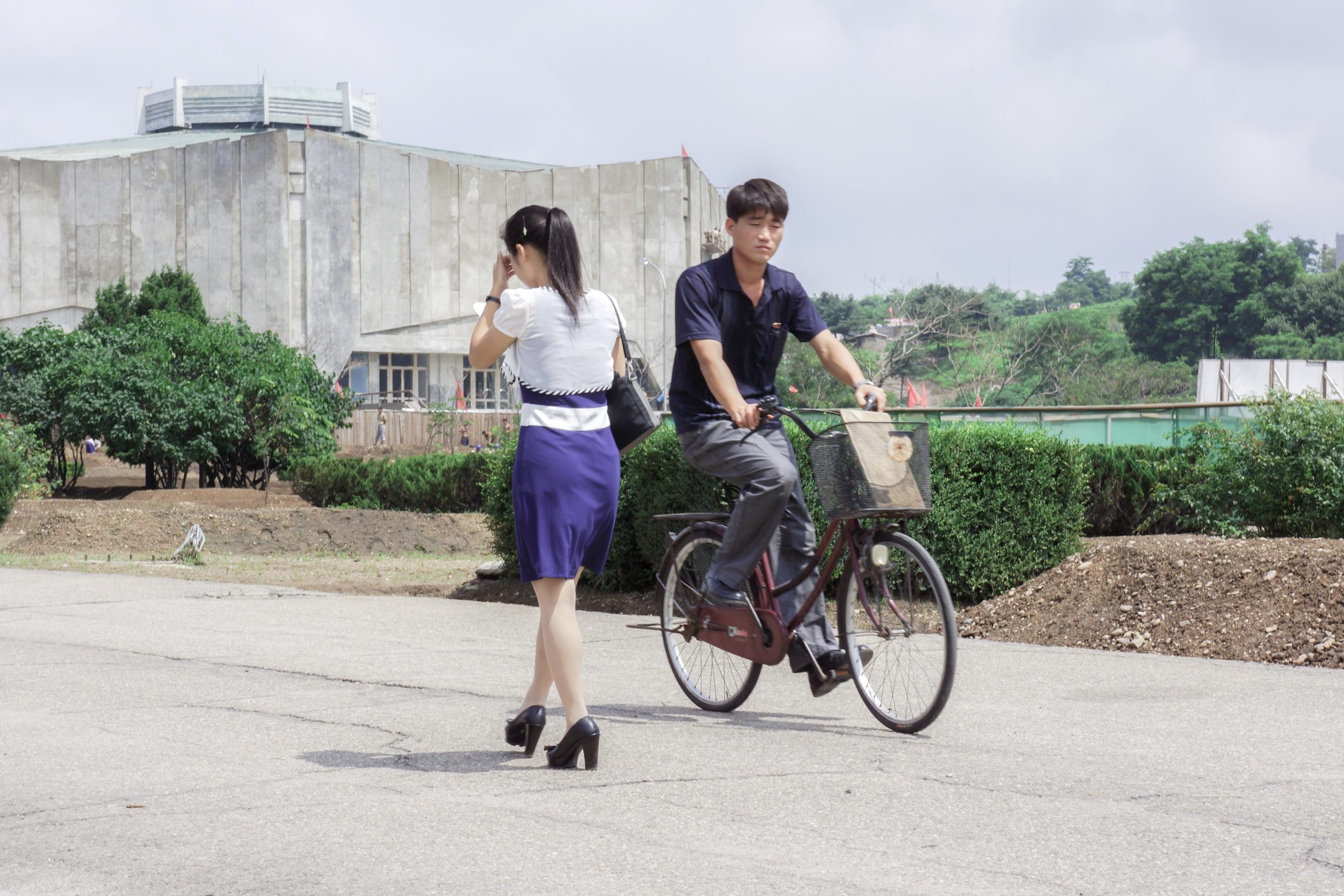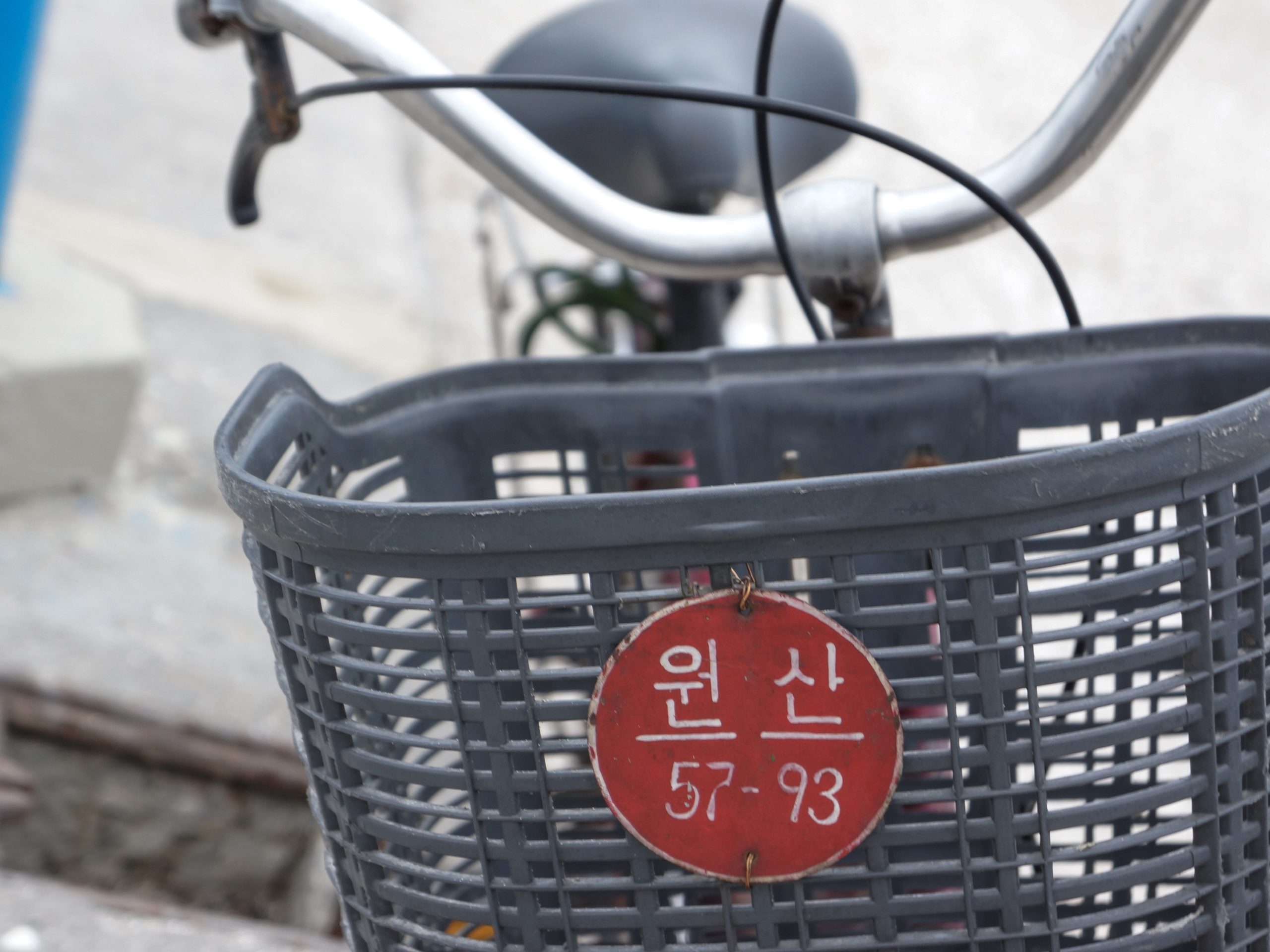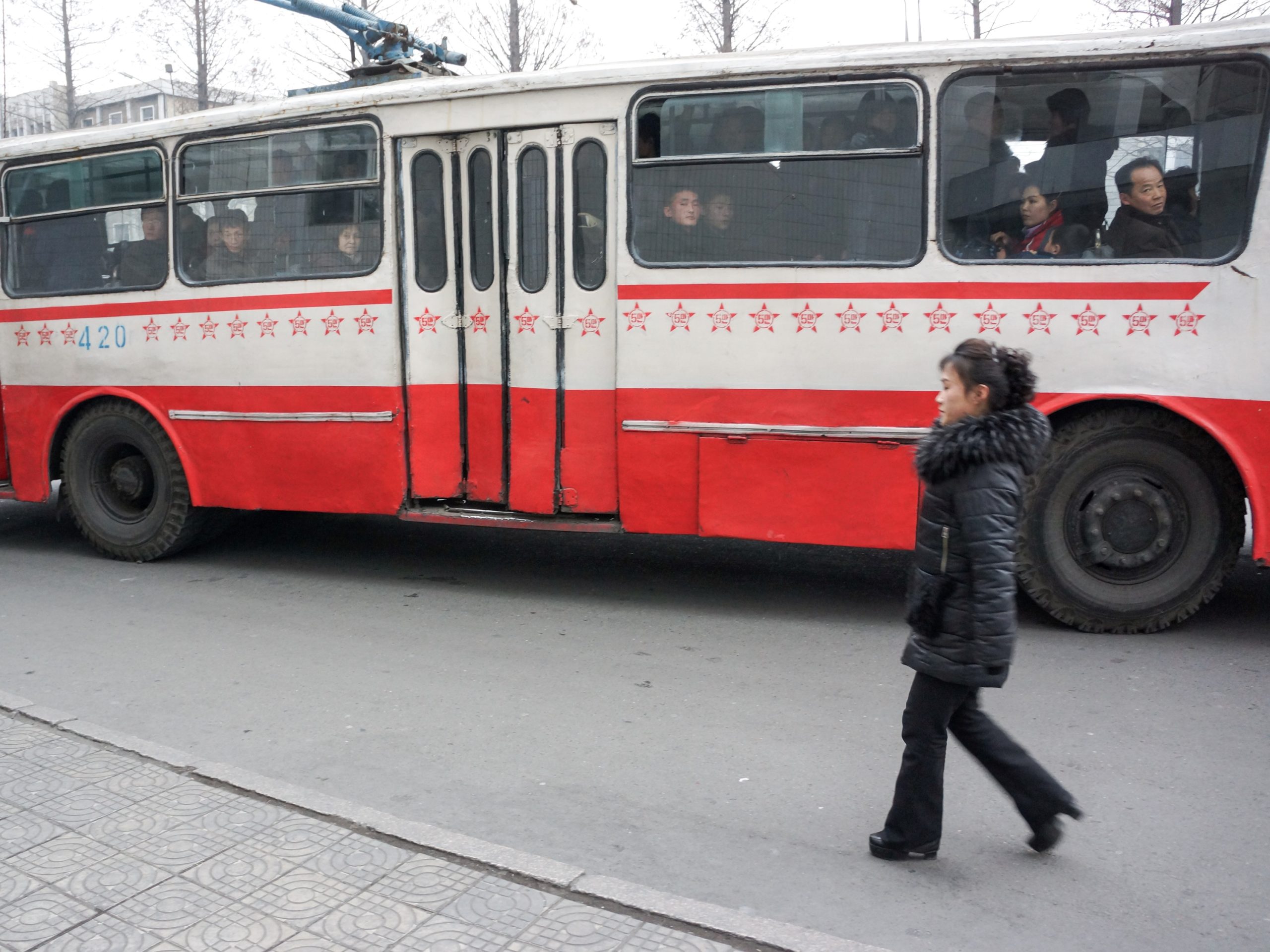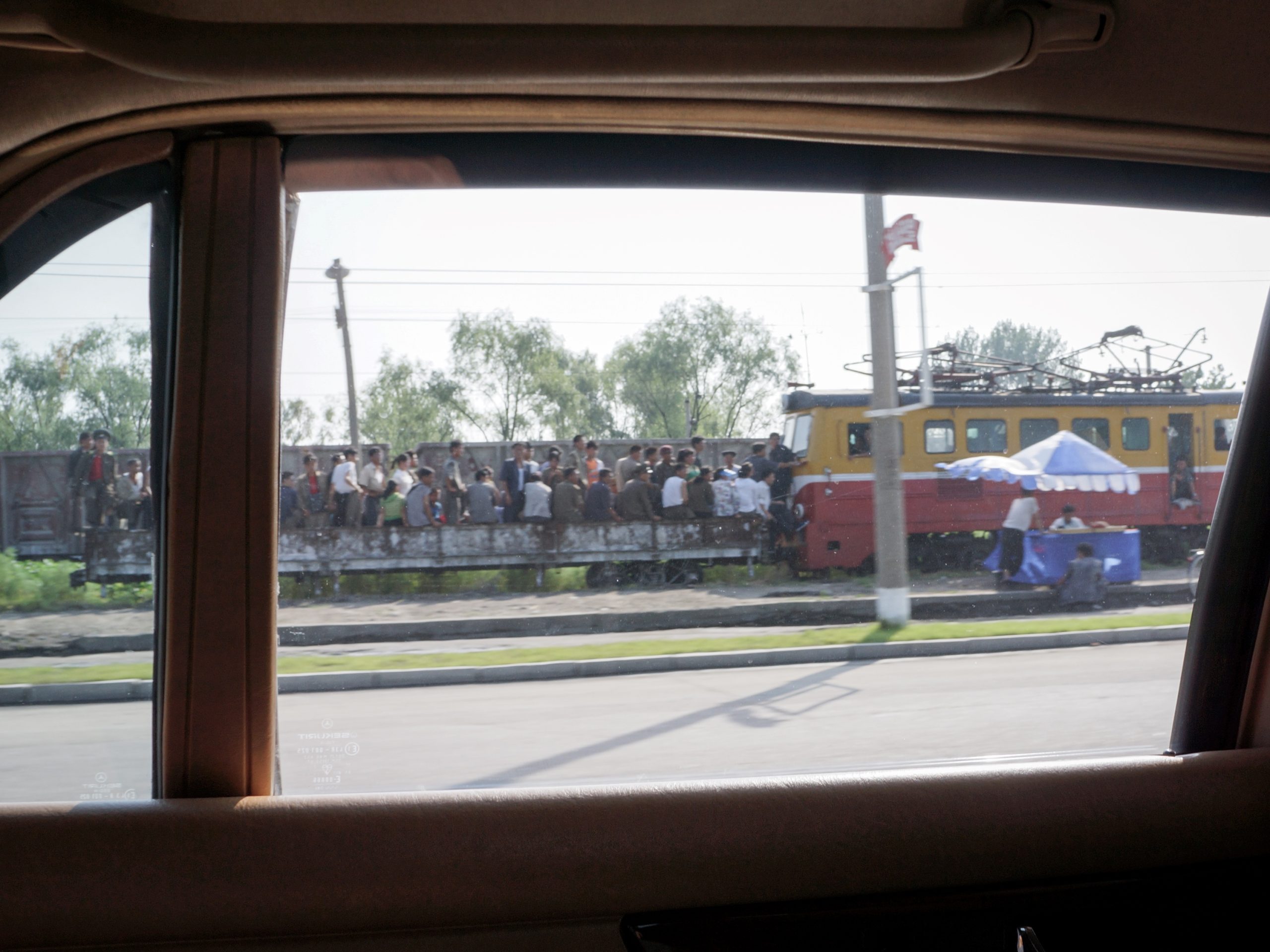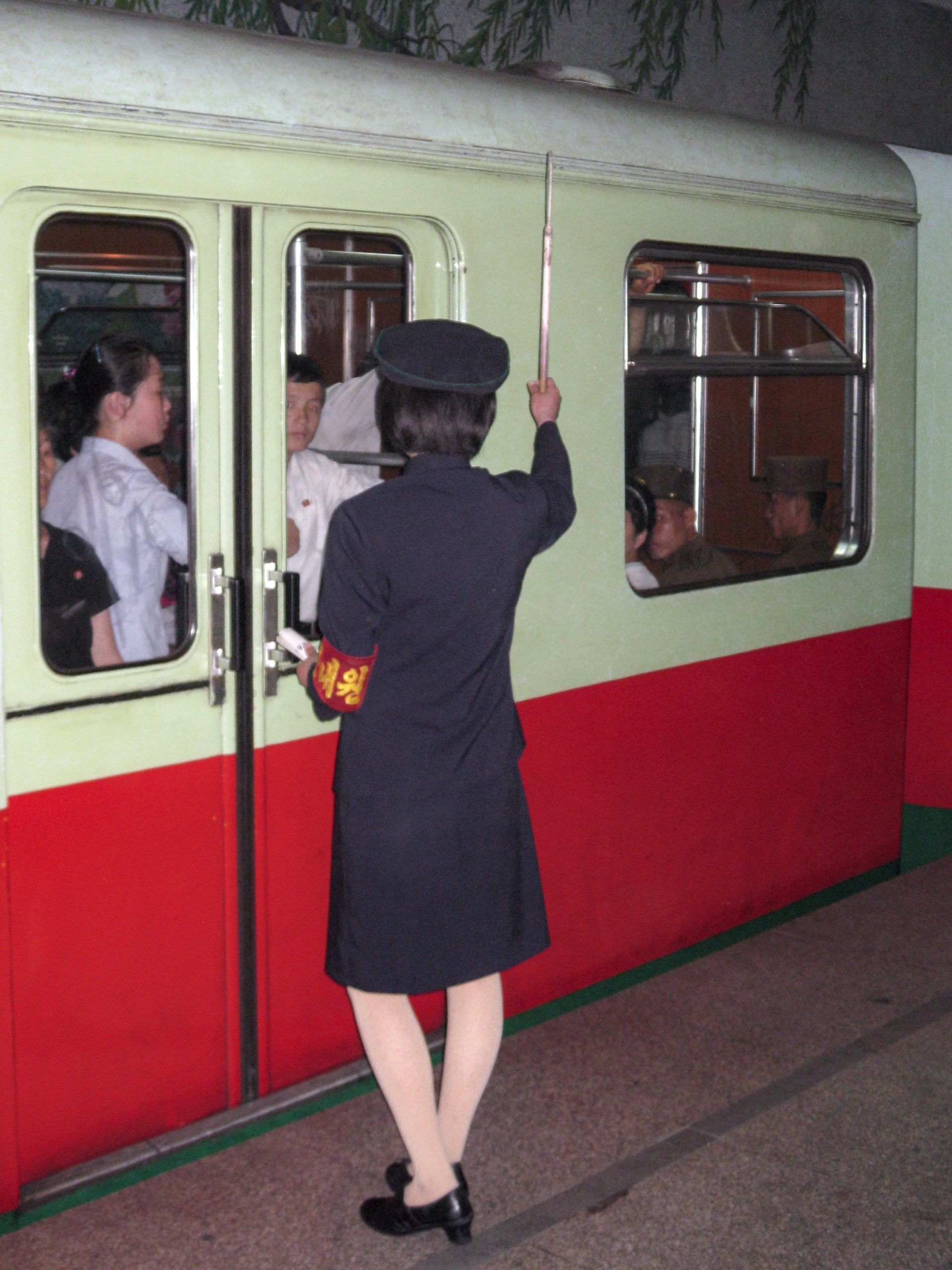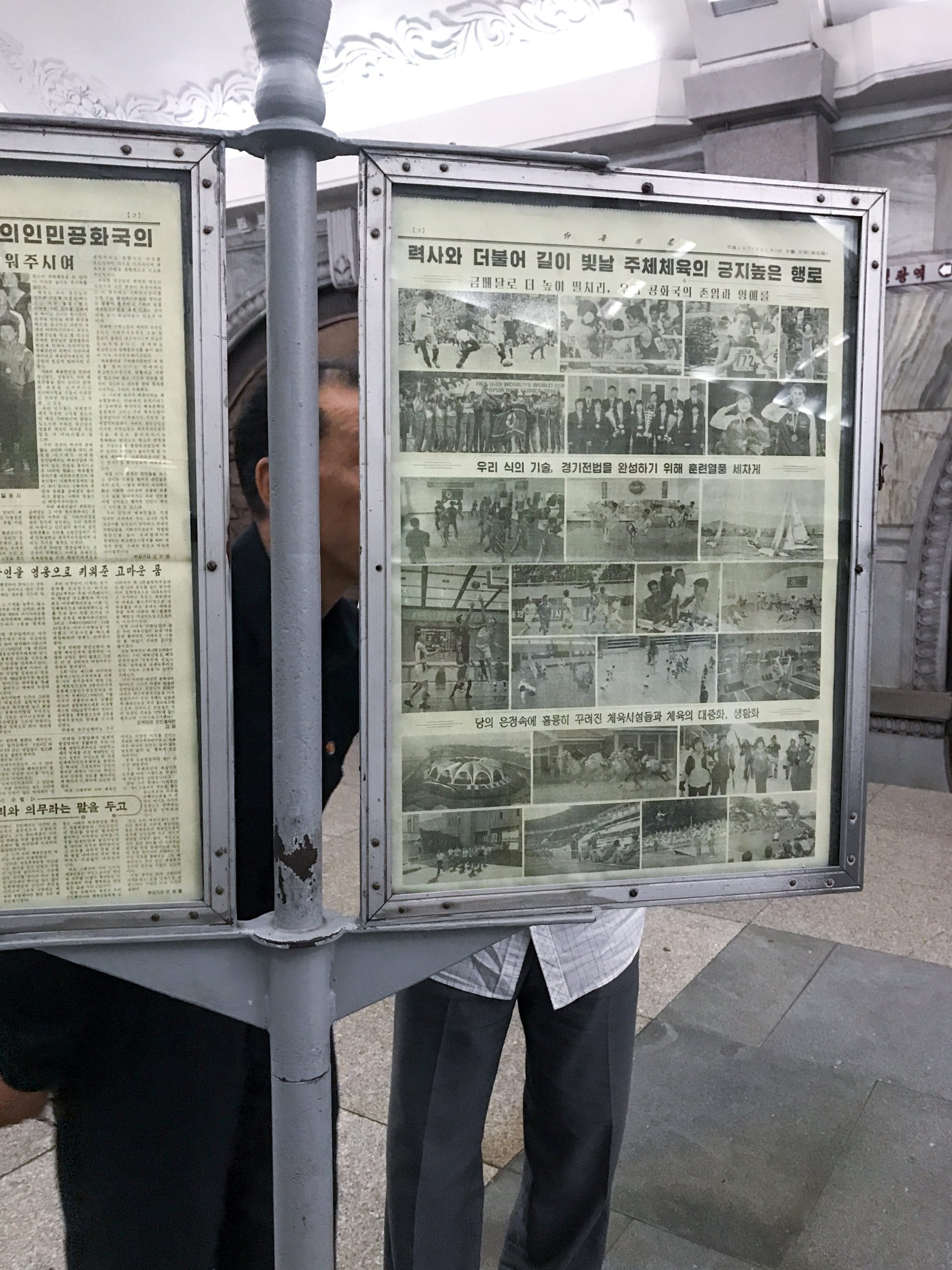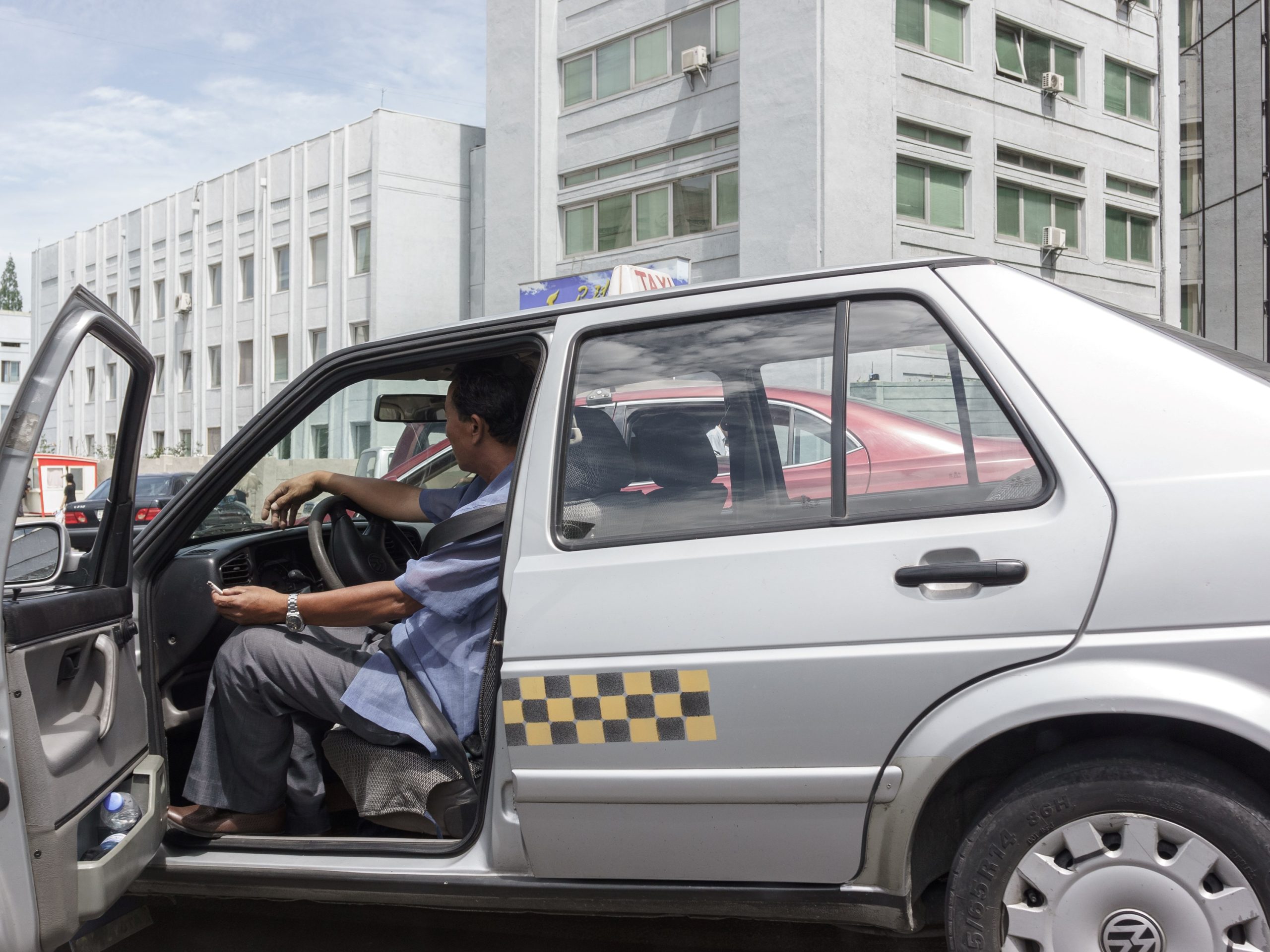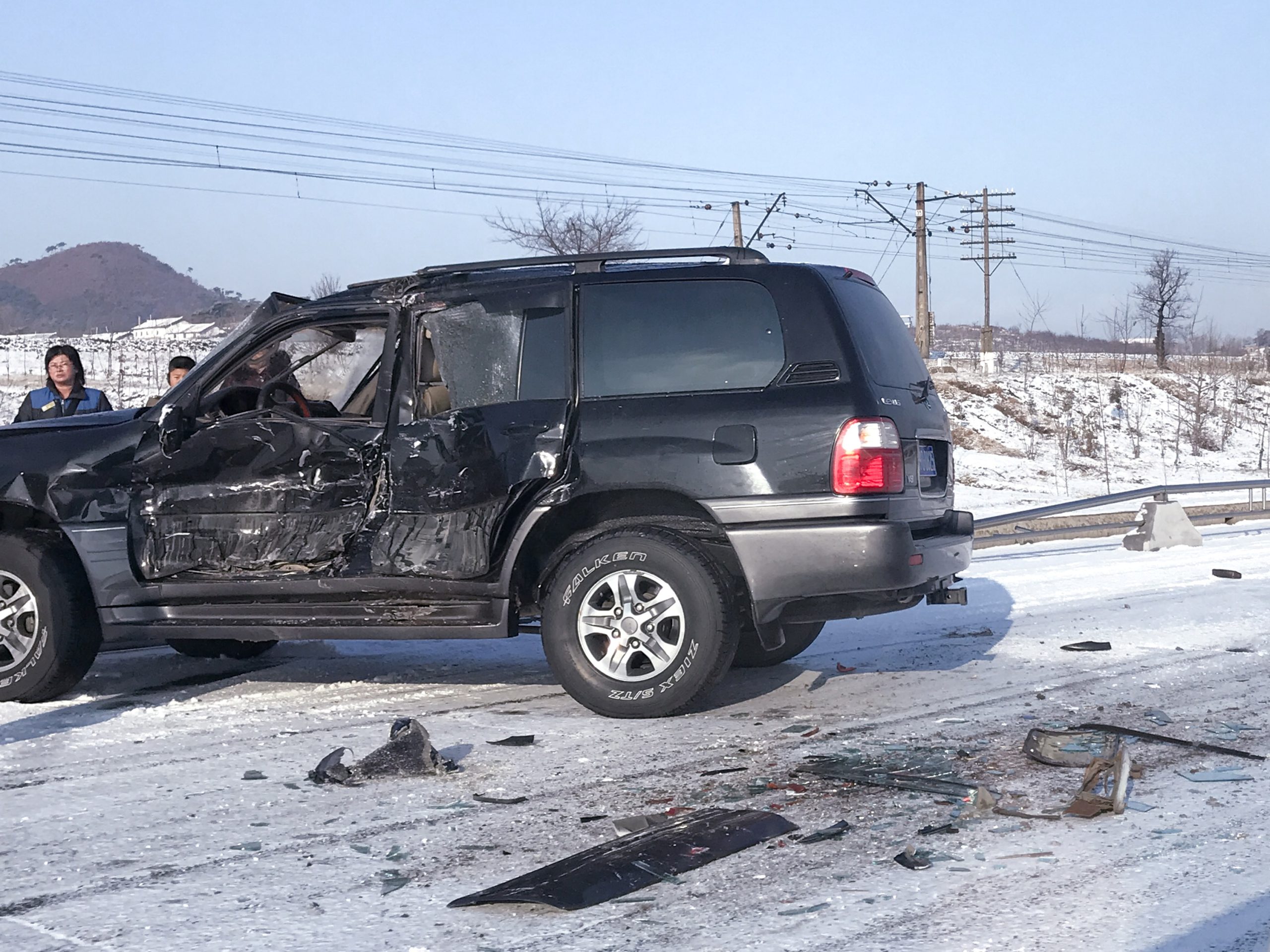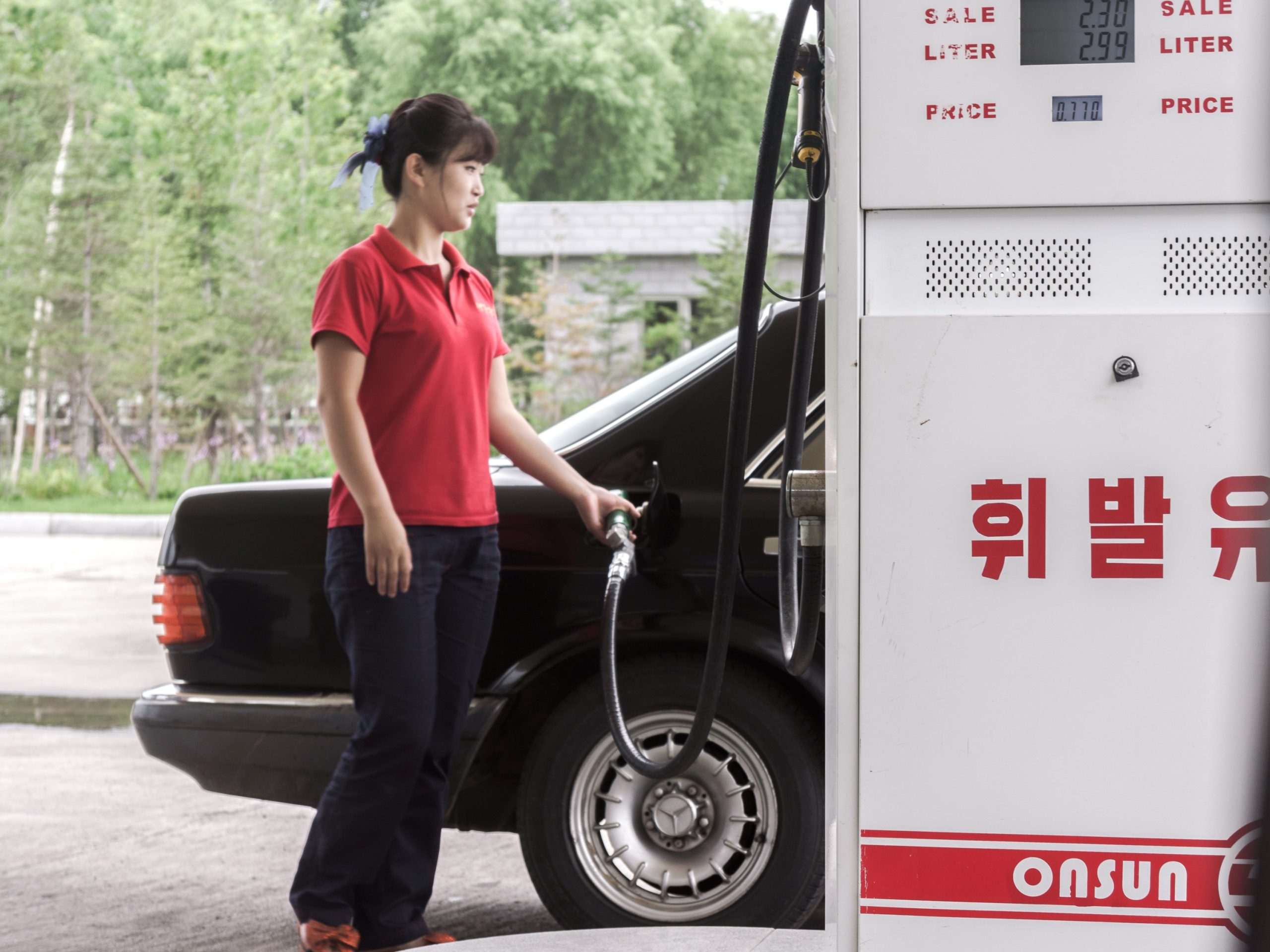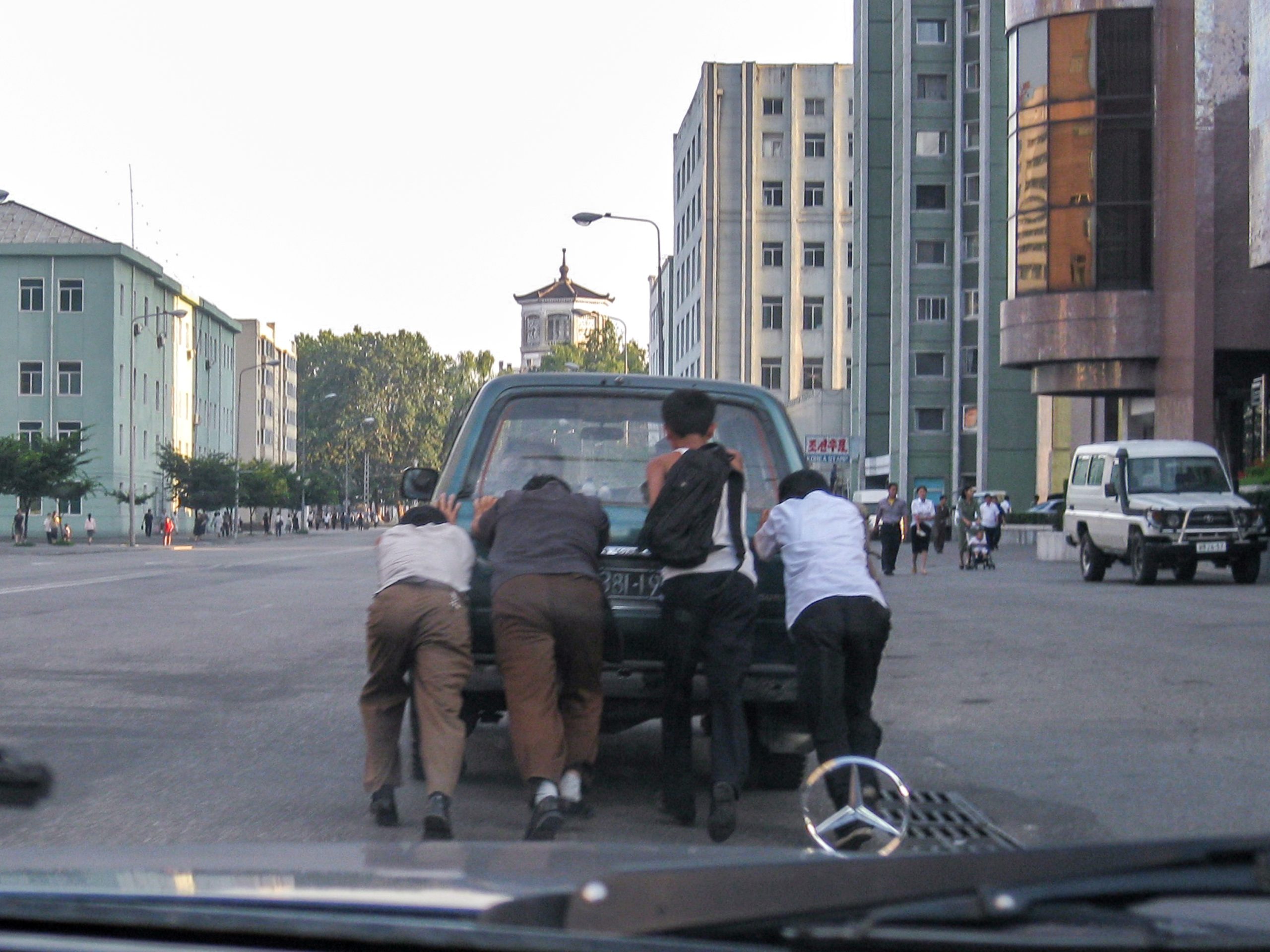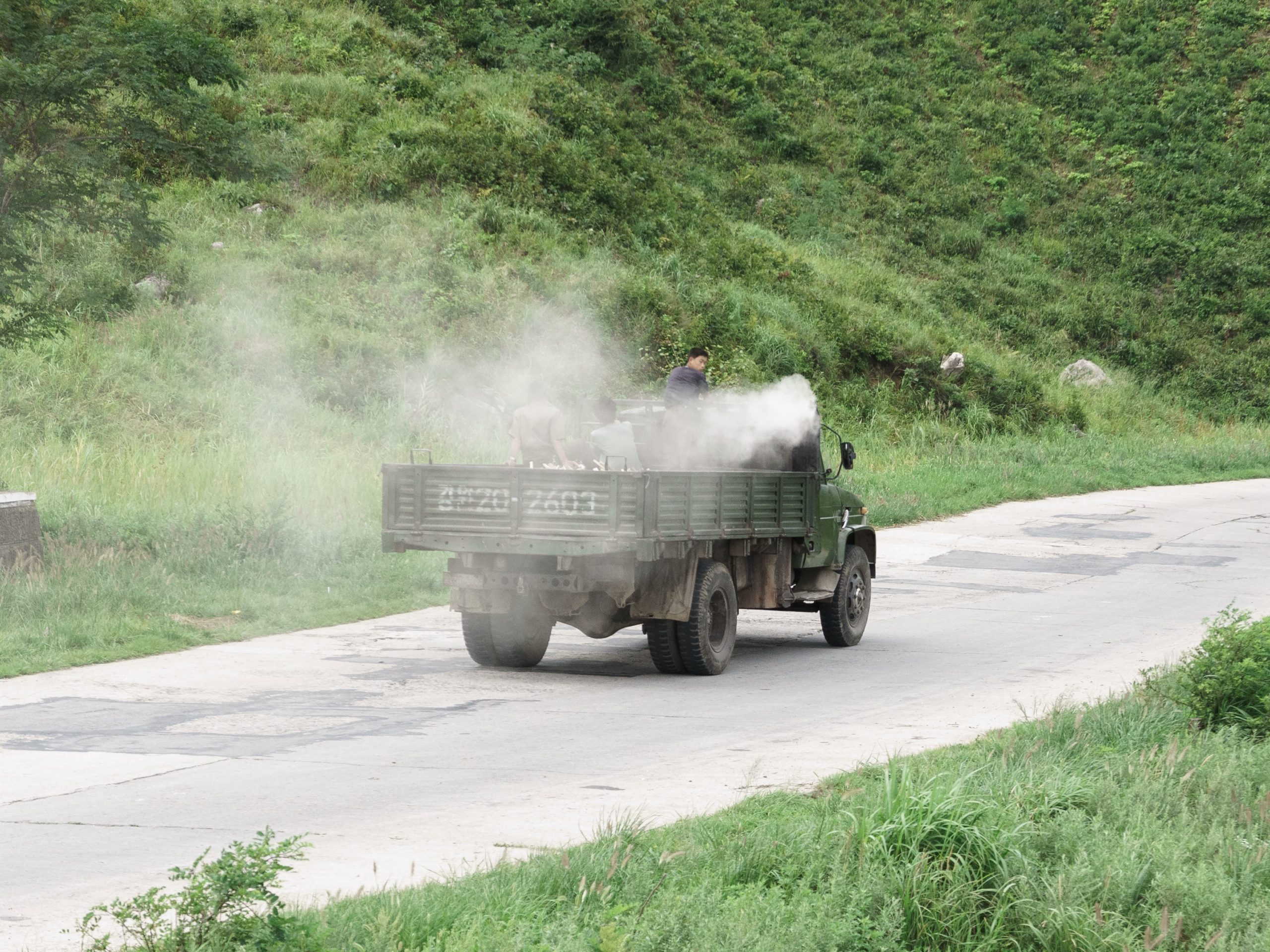Picturing the DPRK: Transportation
Images shown are from Glyn Ford’s recently released book on North Korea, Picturing the DPRK, published by Pacific Century Institute and Spokesman. The book is a collection of images taken during his nearly 50 visits to North Korea over the past 25 years.
Cars, Buses and Trams
North Koreans are some of the world’s least traveled—at least for an industrial state. To visit Pyongyang requires permission that is questioned at security checkpoints on the city’s periphery. Inside the capital, life is more traditional with bicycles, heroic buses, trams and metro, delivering commuters and workers to offices and factories during rush hours—even if many of the young women mastering the machines are housed in dormitories on site.
Bicycles require licenses, and during the Kim Jong Il era, women, although they drove buses, were heavily discouraged from cycling on the grounds of safety. The trams and buses, generally packed to capacity by orderly queues, are awarded “red stars,” punctuating their length for every 50,000 kilometers traveled. The metro is less crowded, with East Berlin’s former rolling stock transporting 300,000+ passengers on the Hyoksin Line, taking the lucky few from Liberation to Paradise.
The number of cars in the capital has soared in the last decade and a half, and Air Koryo taxis now lurk. Not quite Havana with its vintage American cars roaming the streets, Pyongyang’s cars were yesterday’s generation of Europe’s luxury standards—even those driving the elite, identified with the “get-out-of-jail free” 727 license plates. More recently, there has been an infestation of newer and new sports utility vehicles (SUVs). Some belong to party, ministry or military, but others are at the disposal of the North’s “nouveau riche” (donju). Yet money is neither a proxy for common sense nor the ability to drive. With private petrol stations sparse, cars run out of petrol, and driving in even light snow is beyond the skills of rich amateurs.
Few SUVs venture beyond the city limits—why would you? There is nowhere much to go. If they did, they would encounter those who’ve side-stepped the petrol shortage by turning to wood.
